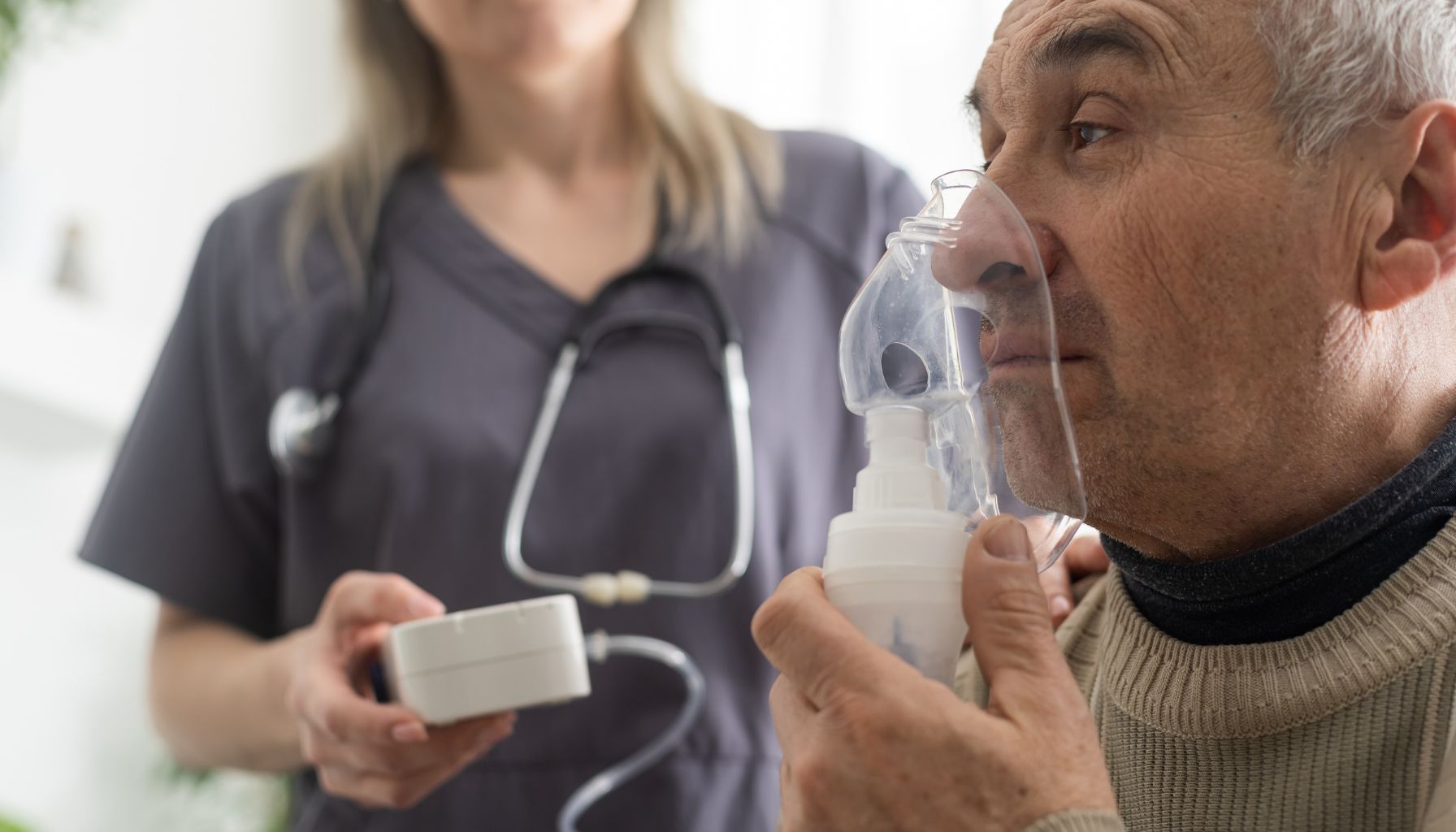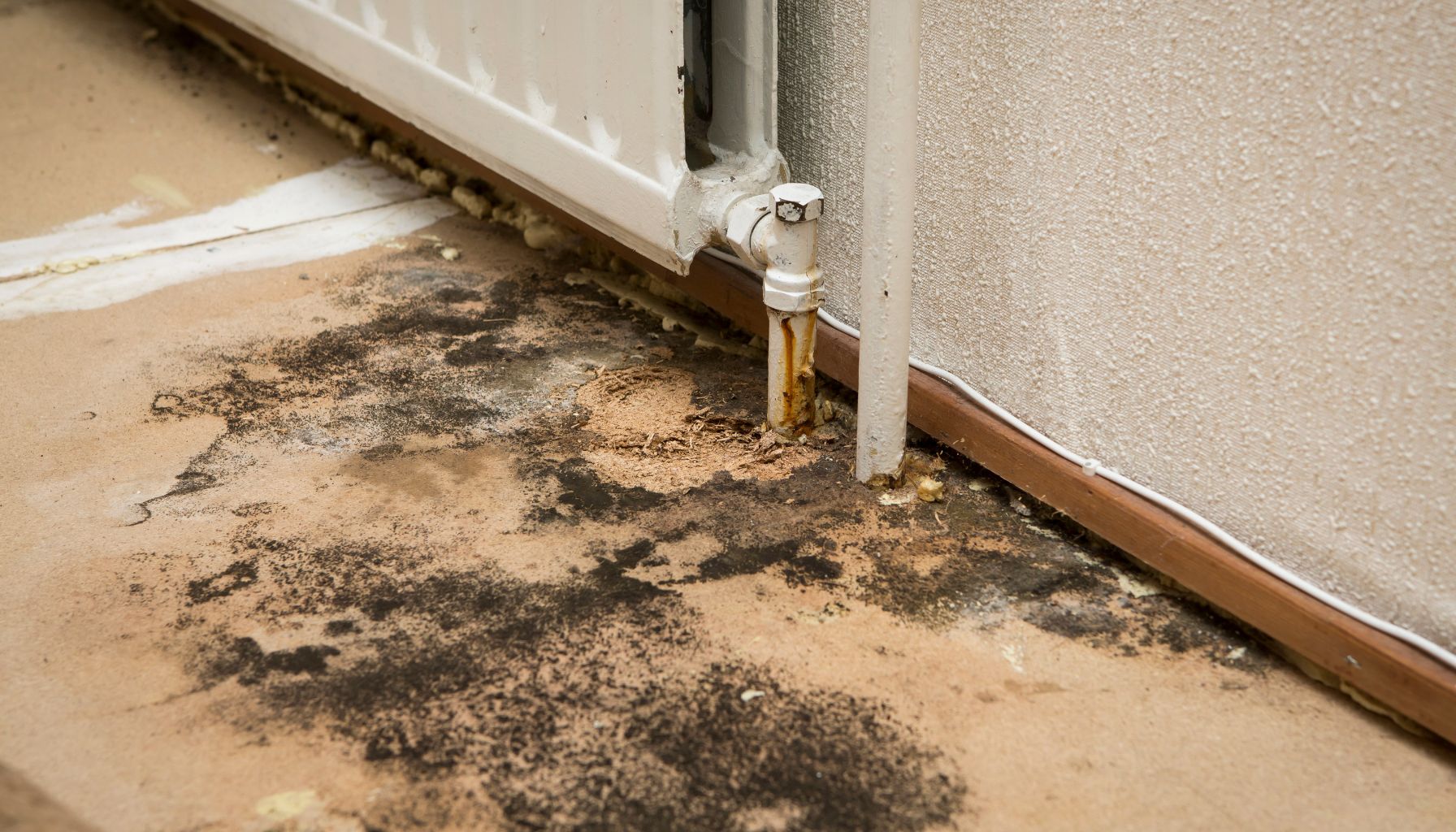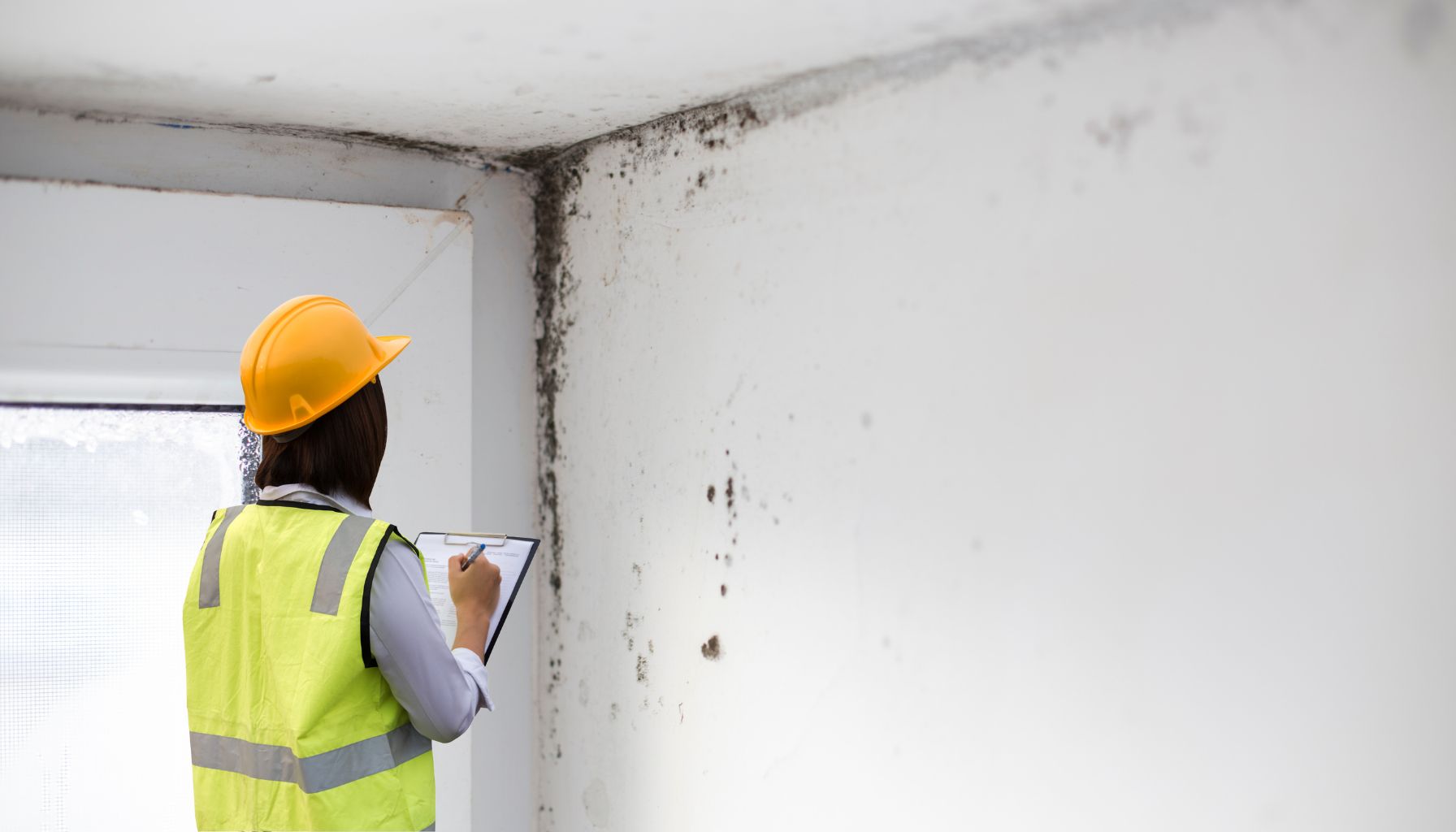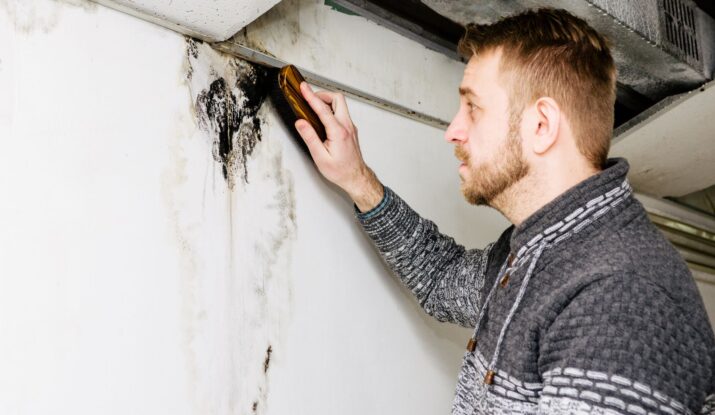How To Tell If Your Home Has Mold Damage?
Living in a property with mold damage can have serious health implications for you and your family, not to mention the potential damage it can do to your property.
Identifying the signs of mold damage early on is crucial to preventing further spread and addressing the issue promptly. From musty odors to visible mold growth, this article will highlight some of the key signs you need to watch out for to ensure the safety and well-being of your home. Don’t let mold become a hidden threat – learn how to spot the key signs of mold damage in your property.
Understanding Mold
What is Mold?
Mold is a type of fungus that can grow both indoors and outdoors. It thrives in moist environments and reproduces by releasing microscopic spores into the air. Mold can come in various colors, including black, green, and white, and it can cause damage to buildings if left untreated.
Types of Mold Commonly Found in Homes
There are several types of mold that are commonly found in homes. These include:
- Cladosporium: This type of mold is typically black or green and can be found on surfaces such as carpets, fabrics, and wooden materials.
- Aspergillus: Aspergillus mold is often found on food and in air conditioning systems. It can cause respiratory problems and allergies.
- Stachybotrys chartarum: Commonly known as black mold, this type of mold is dark black or greenish-black in color. It can be found in areas with excessive moisture, such as bathrooms and basements.

Significance of Mold Damage
Issues Caused by Mold Damage
Mold damage can have several negative consequences for your property. It can:
- Cause Structural Damage: Mold can gradually deteriorate building materials such as drywall, wood, and insulation, leading to weakening and eventual collapse.
- Affect Indoor Air Quality: Mold releases spores into the air, which can cause respiratory issues, allergies, and other health problems if inhaled.
- Promote the Growth of Other Fungi: Mold can create a favorable environment for other fungi and bacteria to grow, further compromising the health and safety of your property.
Health Risks Associated With Mold
Exposure to mold can pose various health risks to individuals. Some common health issues associated with mold exposure include:
- Allergies: Mold spores can trigger allergic reactions, causing symptoms such as sneezing, coughing, itchy eyes, and a runny nose.
- Asthma and Respiratory Problems: Individuals with asthma or pre-existing respiratory conditions may experience exacerbated symptoms when exposed to mold.
- Infections: Certain types of mold can produce toxins that, when inhaled or ingested, can lead to infections in the lungs, sinuses, and other parts of the body.
Physical Signs of Mold
Visible Mold Growth
One of the most obvious signs of mold damage is visible mold growth. It often appears as discolored patches or spots on walls, ceilings, or other surfaces. The color can vary depending on the type of mold, ranging from green to black or white.
Discoloration or Stains on Walls and Ceilings
Mold can cause discoloration or stains on walls and ceilings. These stains may appear as dark or fuzzy spots and can be a clear indication of a mold problem.
Cracking or Peeling Paint
When mold starts to grow behind walls or in other hidden areas, it can cause the paint to crack or peel. This can be a sign that there is moisture present, providing a suitable environment for mold growth.
Warped or Buckled Walls, Ceilings, or Floors
Excessive moisture caused by mold can lead to the warping or buckling of walls, ceilings, or floors. If you notice any irregularities in these areas, it is crucial to investigate for the presence of mold.
Odor Indicators of Mold
Musty or Damp Smells
One of the telltale signs of mold is a musty or damp smell. Mold releases volatile organic compounds (VOCs) that produce distinct odors, often described as musty or earthy. If you notice these smells in certain areas of your property, it may indicate the presence of mold.
Unexplained Allergic Symptoms
Individuals experiencing unexplained allergic symptoms, such as nasal congestion, sneezing, or coughing, may be reacting to mold spores in the air. If these symptoms improve when you are away from your property, it is worth investigating for mold growth.
Water Damage and Mold
Signs of Water Damage
Water damage can contribute to the growth of mold. Some common signs of water damage include:
- Water Stains: Yellow or brown stains on ceilings or walls can indicate a leak or water intrusion.
- Peeling Wallpaper or Blistering Paint: Moisture can cause wallpaper to peel or paint to blister, suggesting water damage.
- Waterlogged or Softened Materials: Materials such as drywall or wood that feel wet or soft to the touch may indicate water damage.
Correlation Between Water Damage and Mold
Water damage often creates the ideal conditions for mold growth. When moisture is present for an extended period, it provides the necessary environment for mold spores to multiply. Therefore, it is essential to address water damage promptly to prevent mold from developing.

Heat and Humidity Levels as Mold Indicators
High Humidity Levels
High humidity levels can contribute to mold growth. Mold thrives in environments with a relative humidity above 60%. Therefore, consistently high humidity throughout your property can indicate a mold problem.
Inadequate Ventilation
Lack of proper ventilation can lead to moisture buildup, creating an environment conducive to mold growth. Areas with poor ventilation, such as bathrooms and kitchens, are particularly susceptible to mold infestations.
Mold in Bathrooms and Kitchens
Persistent Condensation
Bathrooms and kitchens are prone to excess moisture due to activities like bathing and cooking. If you notice persistent condensation on windows, mirrors, or walls in these areas, it could indicate a mold issue.
Discoloration on Tiles and Grout
Mold can often grow on bathroom tiles and grout. Discoloration or dark spots in these areas may indicate the presence of mold.
Frequent Plumbing Leaks
Leaky pipes or faucets in bathrooms and kitchens can contribute to moisture buildup, creating an ideal environment for mold growth. Regularly check for plumbing leaks to prevent mold damage.
Mold in Basements and Attics
Poor Insulation
Poor insulation in basements and attics can lead to moisture accumulation. Coupled with little to no airflow, this can create favorable conditions for mold growth.
Signs of Moisture or Water Intrusion
Basements and attics are susceptible to water intrusion or excess moisture. Look for signs such as dampness, water stains, or pooling water, as these can indicate the presence of mold.
Rust on Pipes, Vents, or Other Metal Objects
Rust on pipes, vents, or other metal objects in basements and attics can be an indication of excessive moisture. Mold growth is often associated with these damp conditions.
Managing Mold Damage
Checking for Mold Regularly
Regularly inspecting your property for mold can help identify and address any issues before they worsen. Look for visible signs of mold, such as discoloration or growth, and take prompt action to mitigate the damage.

Professional Mold Inspections
Engaging the services of a professional mold inspector can provide a comprehensive assessment of your property. They have the expertise and tools to identify the extent and type of mold present and recommend appropriate remediation measures.
DIY Mold Testing
If you suspect mold growth in your property, DIY mold testing kits are available. These kits typically involve collecting and sending samples for analysis, providing you with information about the type and concentration of mold present. However, professional mold testing is often more accurate and reliable.
Preventing and Treating Mold Damage
Improving Ventilation
Proper ventilation is crucial in preventing mold growth. Ensure that your property has sufficient airflow by opening windows, using exhaust fans, and maintaining a balanced HVAC system. This helps reduce moisture buildup and prevents stagnant air.
Using Dehumidifiers and Air Purifiers
Dehumidifiers can help reduce humidity levels in areas prone to moisture, such as basements or bathrooms. Air purifiers with HEPA filters can also trap mold spores, improving indoor air quality and reducing the risk of mold-related health issues.
Antimicrobial Treatments
Once mold has been identified and removed, applying antimicrobial treatments to affected surfaces can help prevent future mold growth. These treatments create a protective barrier against mold spores, inhibiting their ability to grow and spread.
Professional Mold Remediation Services
In severe cases of mold infestation, it is advisable to seek professional mold remediation services. Certified mold remediation experts have the necessary knowledge, experience, and equipment to safely and effectively remove mold from your property.
In conclusion, understanding mold and its signs of damage is crucial for maintaining a safe and healthy living environment. Regular inspections, prompt remediation, and proactive preventive measures can help you prevent and treat mold damage effectively. Remember to prioritize your health and well-being by addressing mold issues promptly and seeking professional assistance when needed.
Contact PureOne Services Now
Disclaimer: All PureOne Services locations do not hold all of these listed certifications.



